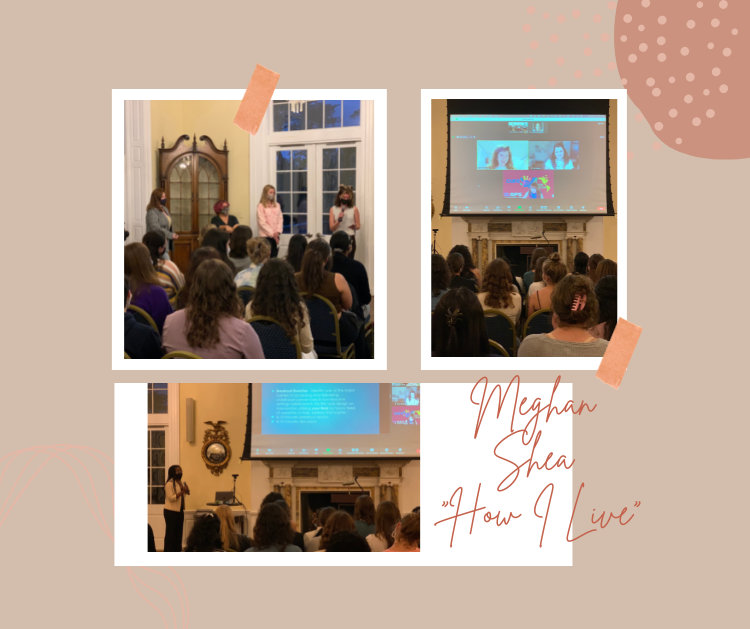On September 16th, “former IAC member Meghan Shea and her two colleagues presented their documentary “How I Live” that follows the stories of four children with cancer. It highlighted the disparities in healthcare in low- and middle-income countries. The film was enlightening, sad, and made me realize how fortunate I am to live in a country where the healthcare system is developed enough to support and take care of me and my family. Watching the documentary injected me into the stories of these families. There’s this level of intimacy and personal connection when watching a film that you can’t get from a research paper or news article. That’s why to me, art is such a powerful tool to create awareness and advocate for others.” - Rebecca Attemberry
Meghan Shea is a director and producer of documentary films; her most recent project is “How I Live” which she worked on with Dr. Irini Albanti and Dr. Fuentes-Alabi. Dr. Irini Albanti is the Executive Director at the Harvard Humanitarian Initiative (insert what she did for the film). Dr. Fuentes-Alabi serves as the Scientific Director of the Pediatric Hematology-Oncology Day Clinic and Population-Based Pediatric Cancer Registry in San Salvador, El Salvador, Central America (insert what she did for the film).
“The experience of learning about global childhood cancer from a film, as opposed to a news article or research paper, allows one to focus on the human side of this issue, as opposed to a purely medical or statistics-based perspective. The visuals played a major role in the effectiveness of the film- Shein’s tumor biopsy or Eslam crying in the MRI machine was hard to watch, and this content therefore made the film more impactful as opposed to reading similar material. Furthermore, following the journeys of children allowed the audience to connect with the issue at a human level. We watched these kids go through extremely difficult and traumatic experiences, thus opening our eyes to the true nature of this phenomenon.” - Lanie Schlezinger
“This film exposed me to new knowledge that I could have never obtained from media or text. There is a substantial educational factor to the film through the details of the family’s economic status and the functions of the hospitals the children are treated in. Research papers could potentially provide facts with greater detail, but these papers cannot communicate the same emotions as a film. An impactful scene that would not be portrayed in an academic paper depicts Shein’s mother and siblings trekking to get to the hospital in addition to narration explaining how her father is away illegally harvesting poppies to earn money to pay for the treatments. The extreme level of poverty many families in low-resource countries experience can be improved through outside awareness and fundraising. It would take a great deal of time and money to make an impact, but anything can make a difference. I am studying to be a graphic designer so I could use my acquired knowledge to advertise and advocate for this crucial cause. I can create ads on all platforms, posters, social media posts, shirts, etc. to spread the word and educate others on this urgent issue.” - Emily Greenup
“Learning about global childhood cancer in a film was much more powerful than learning about it in another medium such as a news article or a research paper. Papers and readings tend to have lots of stats, or more secondhand accounts of what life is like. While this can also be moving, there is nothing that compares to the emotions that arise from visually encountering what life is like and hearing from the first hand in a film. The people are much more humanized, and do not just become statistics, rather the film truly connects the people it portrays on a much more personal level with the viewer.” - Katelyn Karner


